
Porsche designer Michael Mauer (61) has been responsible for the brand’s design for almost 20 years. In this interview, he talks about his greatest challenge: perpetuating the glorious heritage of the 911.
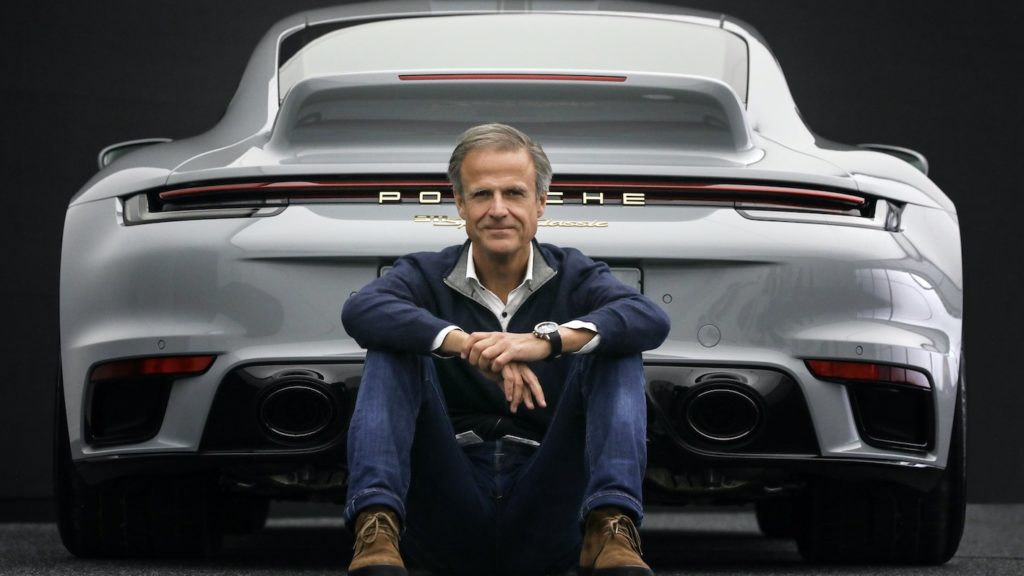
When you compare the current 911 to the first generation, what emotions do you feel?
“First of all, I recognise the consistency. The 911 has retained its identity and has always been ahead of its time. It has adapted to changes in design and technology, while remaining true to its lines. Its evolution from yesterday to today shows why designers are the guardians of the brand.
If you had to define the first 911, what would your words be?
“It’s a futuristic interpretation of the sports car – a design that’s impossible to improve on. Every time we try a different silhouette, we come back to the original roofline. It’s simply memorable. And yet the car never feels bulky or aggressive. And that’s despite the fact that it’s always been one of the fastest. That’s what I find fascinating.
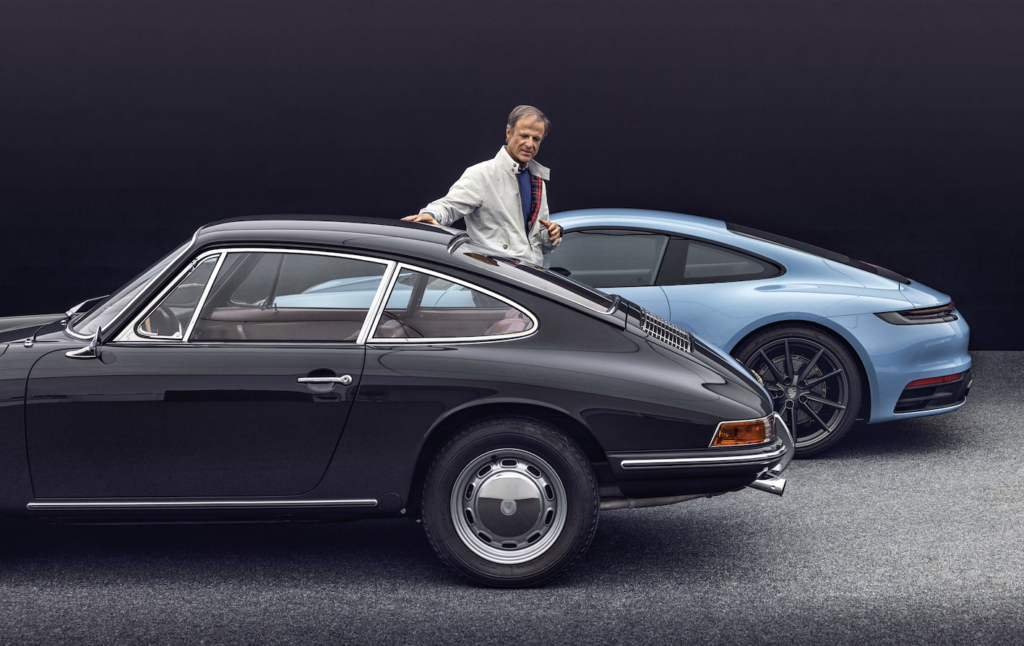
The success story of the 911 developed by Ferdinand Alexander Porsche 60 years ago continues today with the eighth generation. How would you describe it?
“The best way to describe the current model is to compare it to its direct predecessor. As an athlete, it’s now more muscular, but it’s still understated compared to its extroverted competitors in the same performance category. It’s confident, but not arrogant.
Can you tell us what ultimately distinguishes the design of the 911?
“I’m always looking for expressions to describe a Porsche once and for all, and I’ve found two words: “designed precision”. In a world full of explanations, design should explain itself.”
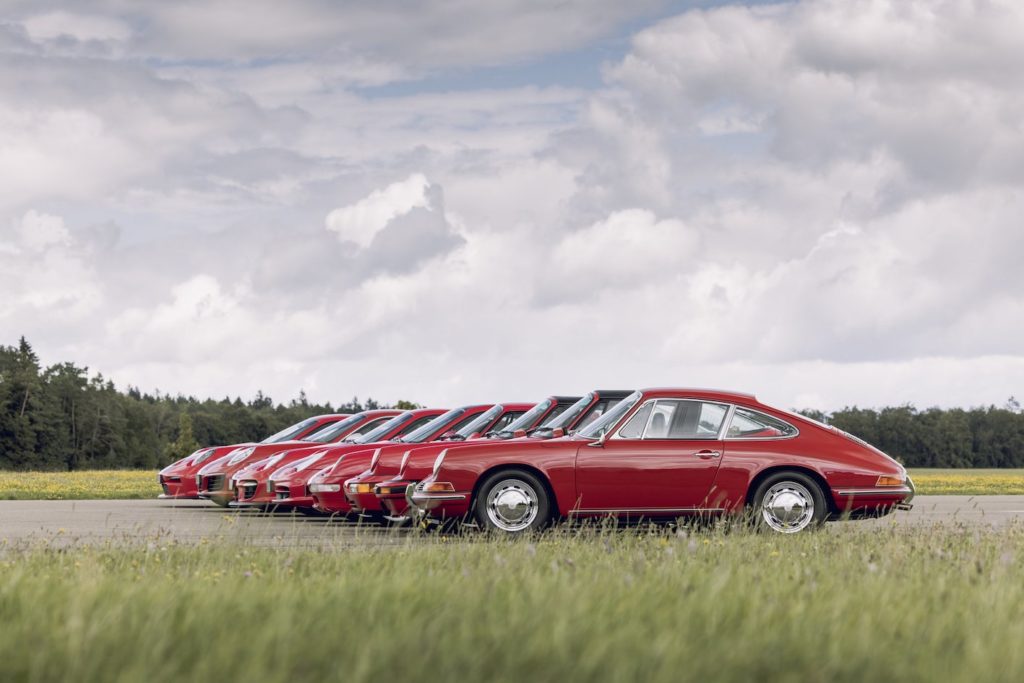
And if the 911 were a person, what would its personality be?
“Someone who avoids the limelight. But someone who everyone knows can do a lot of things extremely well. In the world of sport, it would be a triathlete: slim, fit and exceptional in several disciplines. He’d be someone I’d ask for advice, because he supports me and helps me to progress. Ferdinand Alexander Porsche, who designed the first 911, was a free spirit. It was he who gave the car its self-confidence, by establishing its personality.”
What is your greatest challenge as a designer?
“For us, it’s always about creating an irresistible design. In the world of design, that’s the sinews of war. You could almost call it art. But for me, that’s not enough for a product. It’s about creating a compelling design that reinforces the brand. A design that visualises all its values. Only then can design reign supreme.

Porsche is a strong brand, and the 911 is a strong model. Aren’t these two elements ultimately in competition?
“It helps to have an icon in the product range. A model that not only shapes its world over a long period, but is also unique and fosters recognition. An icon is a better source of inspiration for the brand’s design philosophy. For me, the 911 is the North Star of the entire brand universe.
You like to talk about your ‘creative force’, but you’ve also established clear criteria for the design process at Porsche. How do you deal with this ambivalence?
“It’s always difficult for designers to rationalise what they do. Most of the time, it’s pure intuition. But that’s exactly what underpins all our investments. Engine developers have measurable test beds. That’s why I’ve been looking for a way to structure our intuition and methodology to make it measurable in some way.”
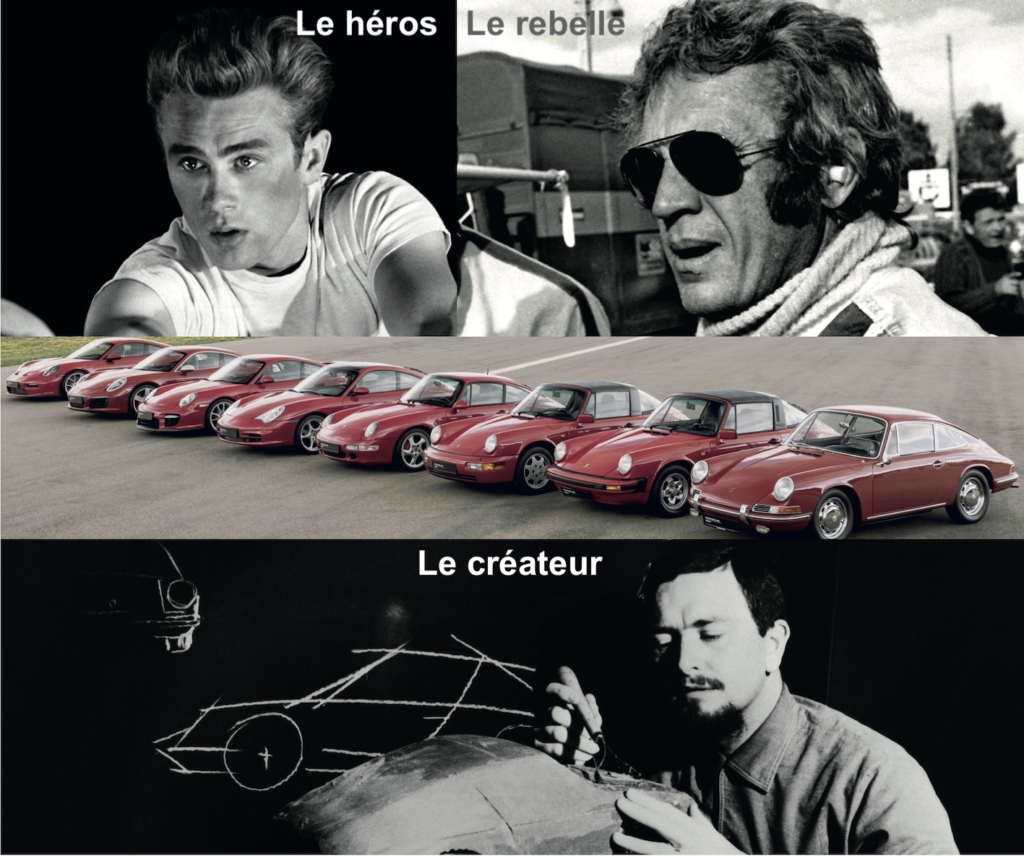
The result is an original design method. What does it look like?
“From the twelve traditional psychological archetypes, we selected three that apply to us: the hero, the creator and the rebel. We decided to give these archetypes faces: James Dean, Ferdinand Porsche and Steve McQueen (above). We can imagine the direction the design needs to take to match these protagonists. What happens next is the most difficult part of the process. We apply key terms – ‘tension’, ‘purpose’ and ‘focus’ – to the three faces, which helps us translate the ideas into concrete design. Focus refers to the hero, purpose to the creator and tension to the rebel.”

Does this philosophy really have an impact on design?
“The three terms reflect our values and therefore serve as inspiration for our internal processes. As a result, everyone suddenly has images in their heads that describe a direction. For me, design is much more than just conceiving shapes. It’s also about designing a brand. And that’s where this consistency comes in. The result is ultimately an identity.
How would you interpret timelessness?
“Timelessness helps me to understand what the Porsche brand has stood for for many years and what we want to communicate for its future. To be irresistible, a creation must be aesthetically pleasing and emotionally charged. In a world full of explanations, design alone has to be self-explanatory.”
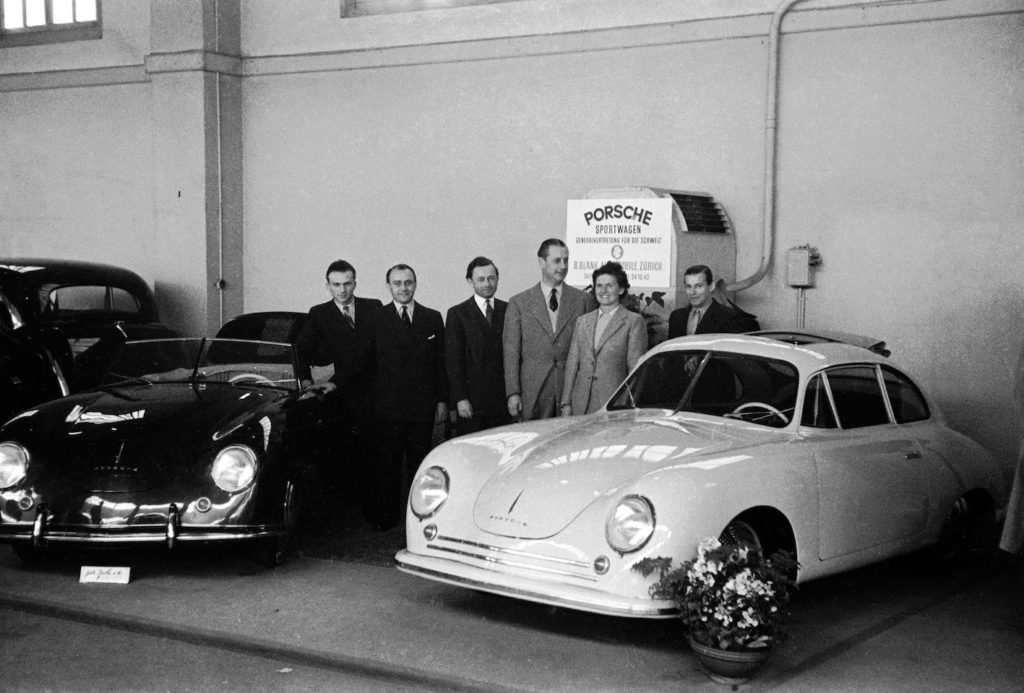
Did you find it difficult to design your first 911?
“I was happy that my first project wasn’t the new generation 911. I had enough time to understand what distinguishes a Porsche in its own world. When it comes to the 911, it’s not the usual ten people in the company who have a say, but rather a hundred or so. It’s not just a question of whether the car is attractive, but also whether it remains a 911. Because the 911 carries a great responsibility: it’s the head of the Porsche family.
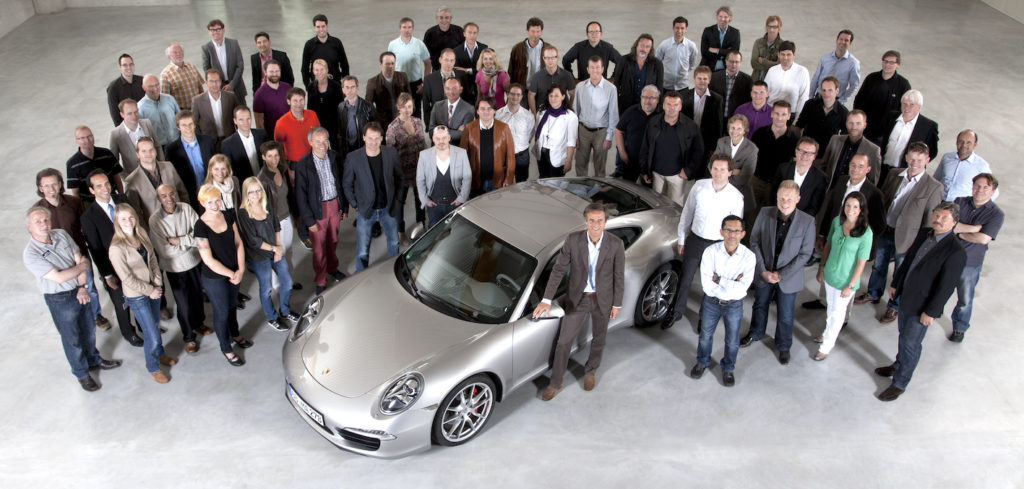
When you take on a new-generation 911 project, how do you manage this level of responsibility?
“First of all, we proceed as if the new 911 were a project like any other. As a designer, you should never feel limited from the outset. We need targeted provocations to make progress. Then, when it comes to the actual design, we ask ourselves how far we have to go. Designers need to be brave, and our job is to constantly provoke discussion and present alternatives for debate. The real question is: how far do we go? In my opinion, we designers will be even more involved in the planning process than we are today, focusing more on product strategy.”
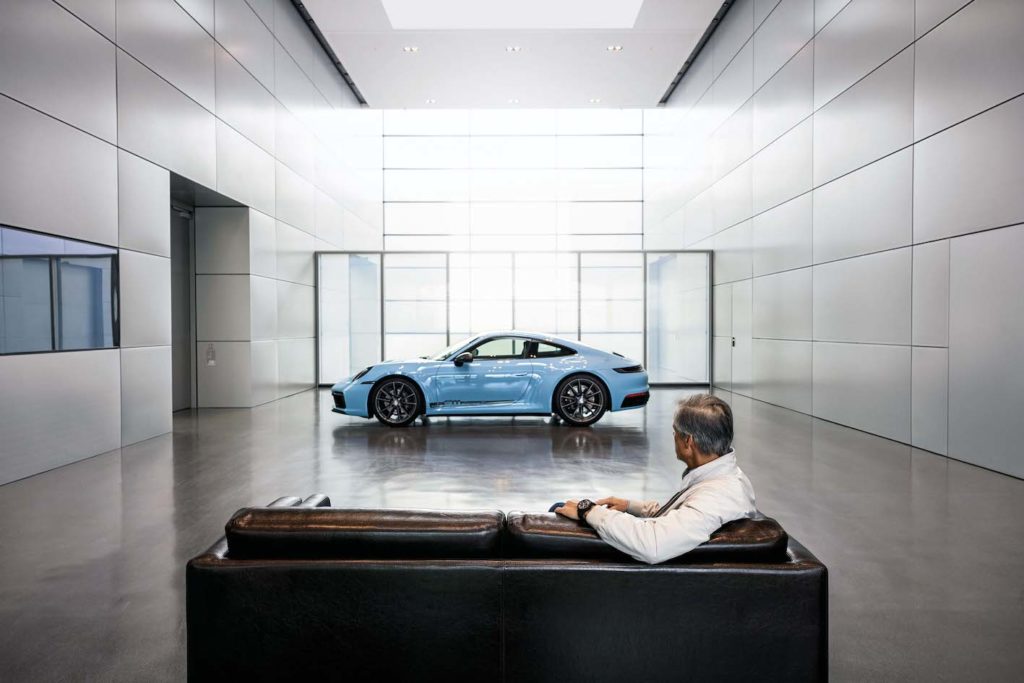
How do you know whether the decisions you take go far enough or whether you’ve gone too far?
“You can assess this quite effectively from the first reactions you get when you introduce a model internally and the people involved immediately exclaim: “This doesn’t look like a Porsche any more”, or “This doesn’t look like a VW any more”. You know then that you’ve gone a bit too far and that the design isn’t easily understood by someone who hasn’t worked as hard on it. But if you’re convinced of the merits of what you’re proposing, then it’s worth fighting for.”
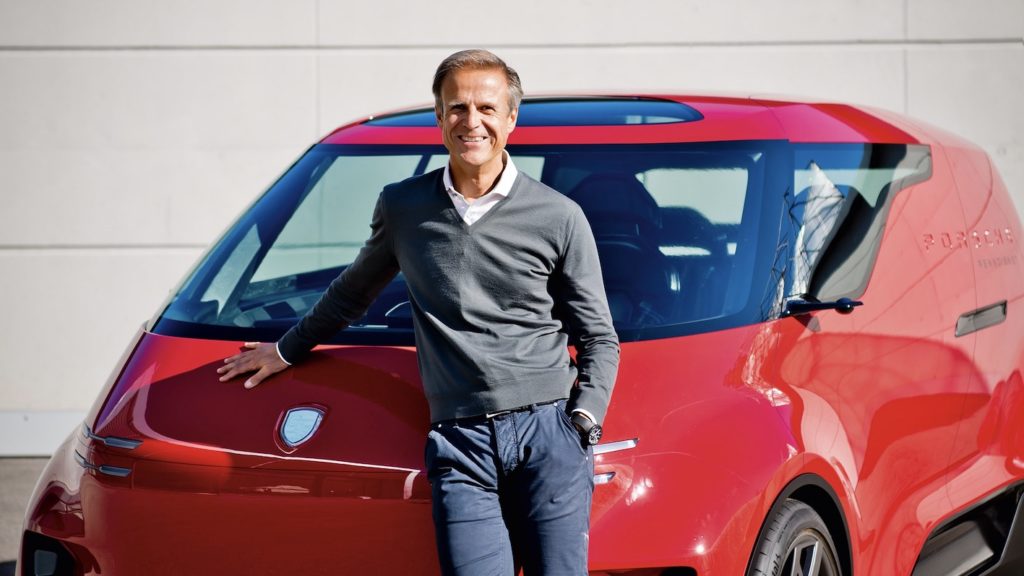
What will the 911 of tomorrow look like?
“We’re already working on the “911 – Year 2050” project. We’re looking far into the future and deliberately skipping three generations of vehicles. It’s impossible for us to know today what type of architecture and powertrain the 911 will have. But this is more than a thought experiment. It’s a concrete source of inspiration for our current processes. We project ourselves into the future and then, like researchers, we work backwards, to 2030 for example. The result is different images, perspectives and social frameworks, as if we were moving forward in a purely evolutionary way.
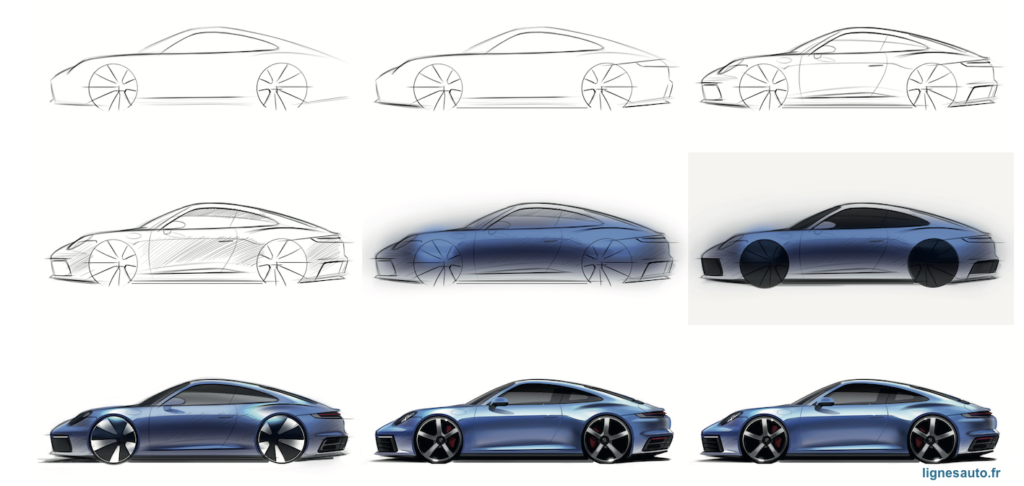
What will the next 911 look like?
“Rest assured: a 911. Even though a few design elements will change, you’ll see at first glance that it’s a 911. But an all-new 911.
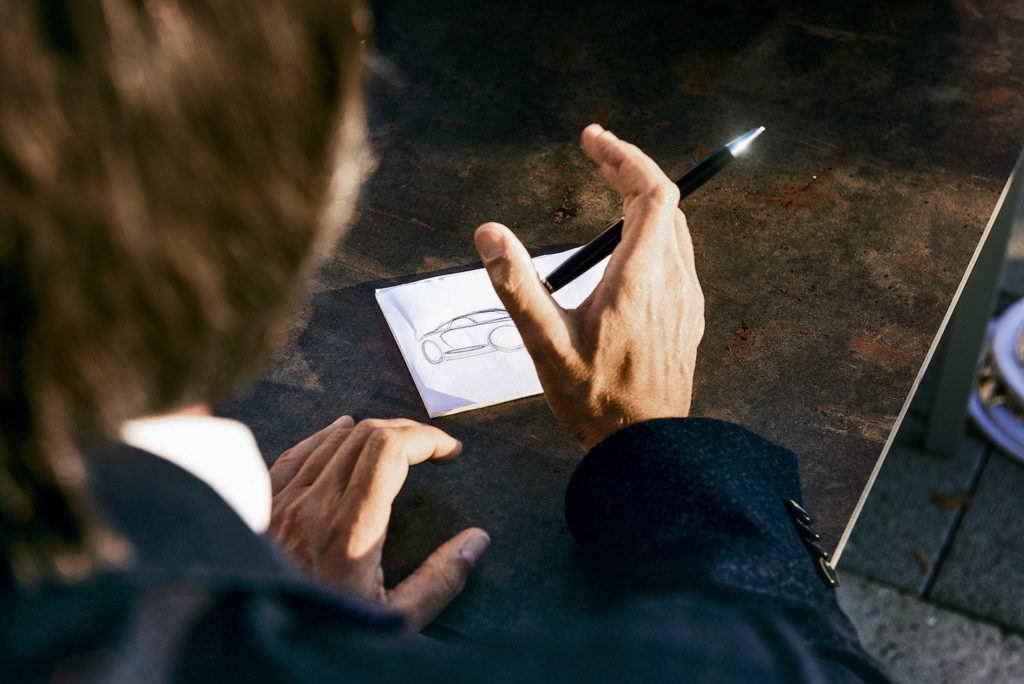
Interview by Christophorus magazine: https://www.porsche.com/france/aboutporsche/christophorusmagazine/ Communication and photos: Media Porsche

